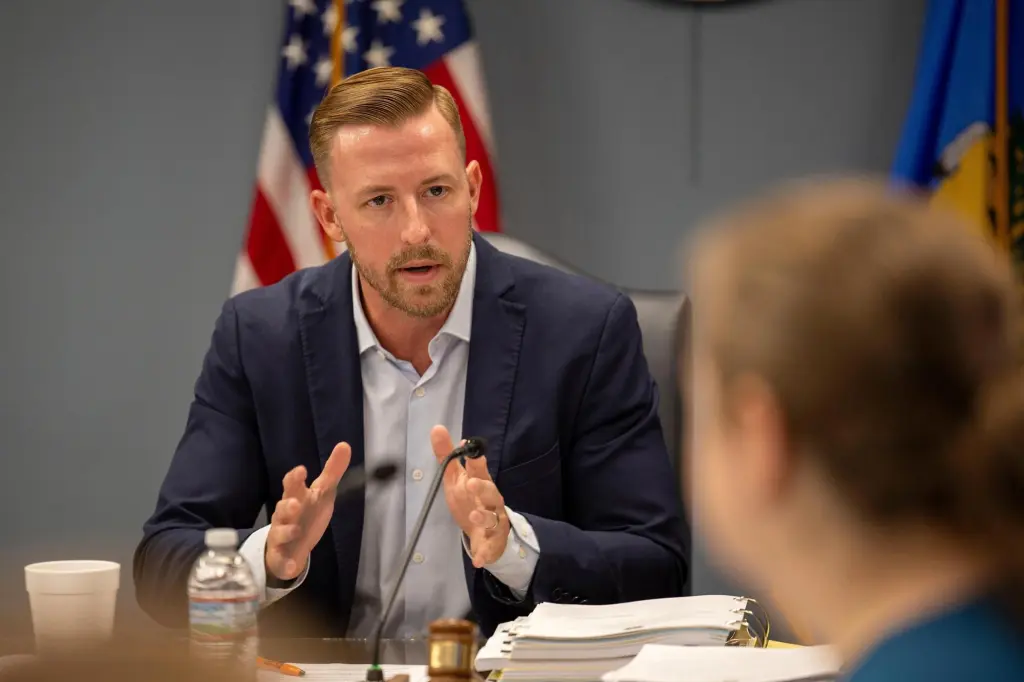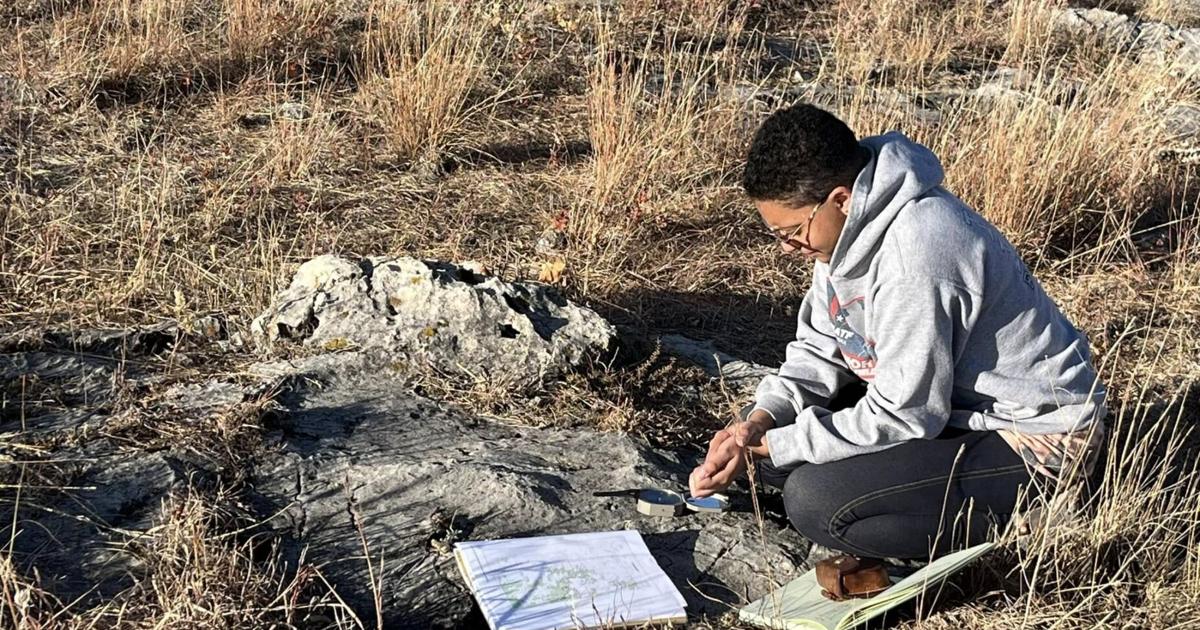
Drugged driving is a growing problem in America, and both public awareness and policy are lagging behind those for drunken driving, a researcher said.
Andrew Yockey, an assistant professor of public health at the University of Mississippi, said drugged driving can be just as deadly as alcohol-impaired driving.
Cannabis is the most frequently detected drug in drivers killed in crashes, he said.
And legalization has contributed to more drivers testing positive for THC, the primary psychoactive compound in cannabis.
However, it is not the sole driver of the rise in drugged driving, said.
Other substances, especially opioids and stimulants, along with broader shifts in drug-use patterns, also play major roles, Yockey said.
“It’s this kind of interweaving of relaxed laws, meets ever-changing drug landscape, meeting … people’s perceptions,” he said.
Yockey pointed to a that found the share of drug-tested drivers killed in crashes with drugs in their systems jumped from about 20% to about 30% over a decade.
Newer statistics aren’t available due to data-collection limitations, Yockey said.
At the same time, access to cannabis has opened up, with nearly every state allowing at least some level of medical use.
Nearly half of the states have now legalized both recreational and medical use of marijuana, according to the .
And nearly 80% of Americans live in a county with at least one cannabis dispensary.
Yet people don’t think driving after using cannabis is as dangerous as driving after drinking alcohol.
Over 80% of cannabis users admitted to driving just hours after using the drug, a recent survey from the found. And nearly 20% believed their driving got “much better.”
But Yockey said cannabis slows reaction time and affects spatial awareness.
“Someone might ingest, I don’t know, an edible, and they may think that it’s safe to drive,” he said. “Well, obviously that’s going to impair your judgment.”
Opioids can cause drowsiness and dizziness, Yockey said.
Stimulants, such as cocaine or methamphetamine, may lead to overconfidence and aggressive driving, he said.
Unlike the clear legal limit of 0.08% blood-alcohol concentration for drunken driving, Yockey said states have a patchwork of laws to stop drugged driving.
All states prohibit drug-impaired driving, he said.
And many states have adopted zero-tolerance or THC “per se” limits, along with new tools like saliva testing.
But he said thresholds vary widely by state.
Cannabis presence doesn’t always equal impairment, he said.
And testing practices remain inconsistent, leaving significant gaps in enforcement and fairness.
Better roadside tools to detect actual drug impairment will help make roads safer, Yockey said.
But public education is also key, since many drivers underestimate the risks of drug use behind the wheel, he said.
For example, the Obama administration released a over a decade ago that’s “still not being talked about,” Yockey said.
Yockey said drivers must realize that if they feel “different,” then they’re probably driving differently, too.



